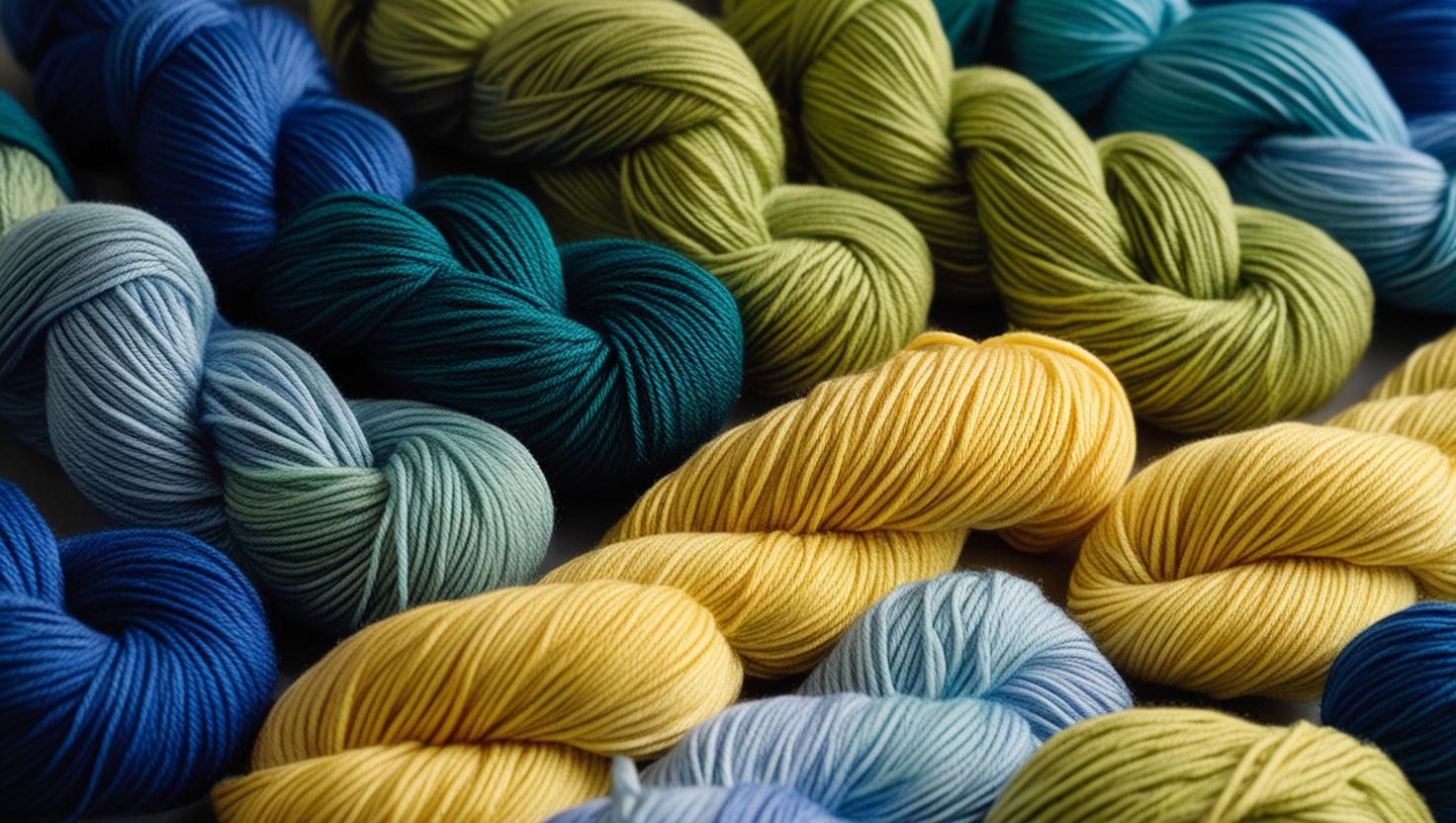All about Pattern Sizing Shortcuts: Isn’t There an App for that? Do you have a pattern that you’ve created that you love and fits you great? And now you want to share it with the rest of the fiber community? But you’re stuck! You don’t know how to turn what fits you well into what
Tag: designer
Have you ever found a stunning stitch pattern, but it was 24 or 36 or 42 stitches wide. You want to use that stitch pattern, but it won’t play nicely with all the sizes? How do you make it work? Let’s look at a couple of different methods you could use, depending on your design!
In my last post, we saw what happens when you try to use AI to write or edit a knitting or crochet pattern. Yikes! So how can fiber based businesses use AI? But first, what is AI? Basically, AI (artificial intelligence) is a very complex search engine. It takes the data entered to train and
I tried it with my own free dishcloth pattern. Here is the original: BASIC DISHCLOTH YARN-Lily Sugar’n Cream Super Size Yarn, one ballMATERIALS-US H/8 (5.0mm)Yarn needleDIFFICULTY-BegginerFINISHED SIZE-5½”x 6¼”/14cm x 16cm GAUGE-13 sc x 15 rows = 4” /10cm square ABBREVIATIONS-ch(s) – chain(s)sc – single crochetst(s) – stitch(es) NOTES-This is a super-easy begginer pattern to make one dishcloth.
Designers, have you ever thought about using a tech editor, testing pool of volunteers, or maybe even a sample maker? Knitters and crocheters, do you wonder what the differences are between these three, and which would be a good fit for you? There are fundamental differences between testers, sample makers, and tech editors in the



